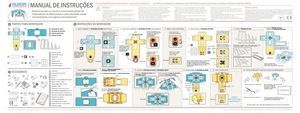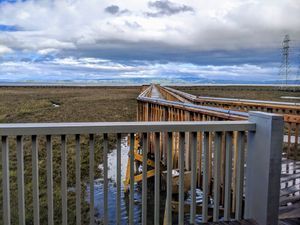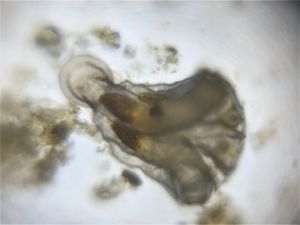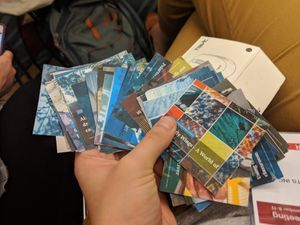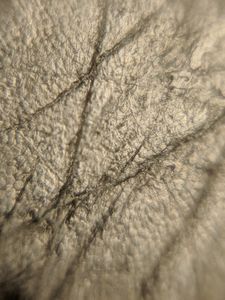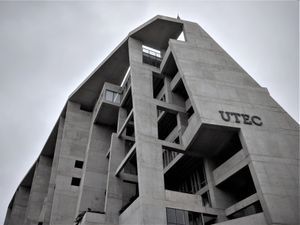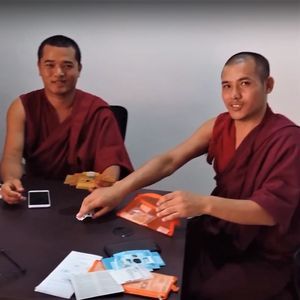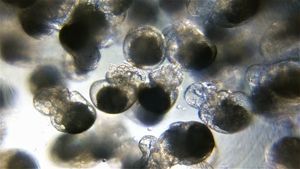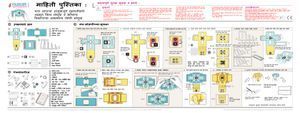Speed Boat Microscopy!
 Sep 03, 2018 • 9:59 PM UTC
Sep 03, 2018 • 9:59 PM UTC Brazil
Brazil 140x Magnification
140x Magnification Unknown
Unknown
RebeccaKonte
Scientific artist, using art as a tool for scientific storytelling. http://www.rebeccakonte.com/
27posts
25comments
22locations
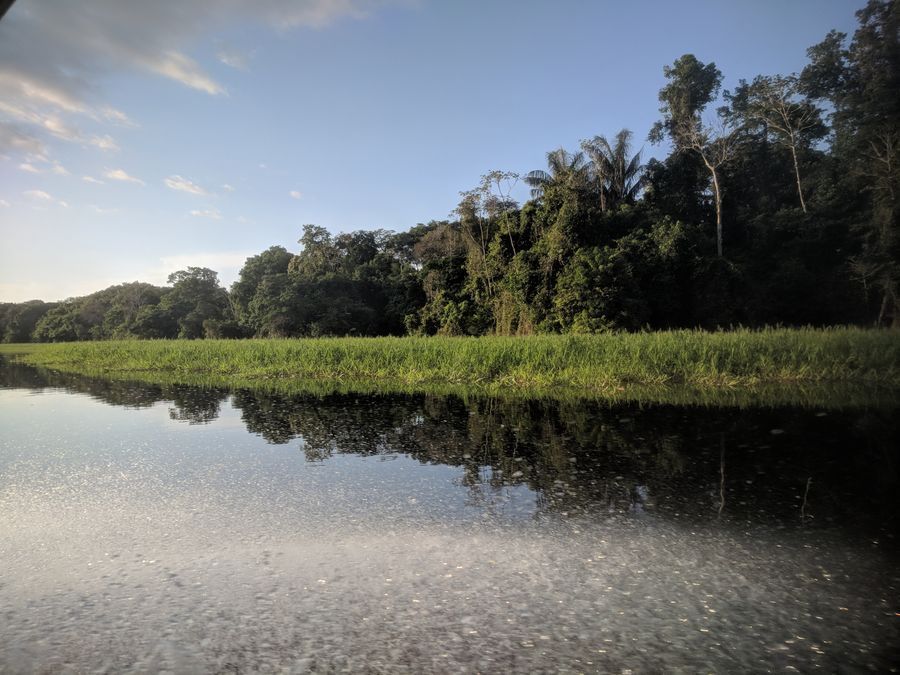
A quick, fun post! Be warned, the videos in this post are terrible, shaky, and vague from a cinematography perspective.
But that doesn’t matter!
This post was inspired by the idea of portable science. As a team, we often talk about the portability of foldscope as a differentiating factor compared to traditional microscopes. On a boat coasting down the Japurá River in the Amazon, I thought that may be a fun thing to demonstrate. I give you: Speed Boat Microscopy!
The following videos are all in one sitting, taken as we commute between destinations and intermittently stop to look for river dolphins.
Sample Collection:
The first video captures a little of the surrounding area & the collection of a water sample.
But that doesn’t matter!
This post was inspired by the idea of portable science. As a team, we often talk about the portability of foldscope as a differentiating factor compared to traditional microscopes. On a boat coasting down the Japurá River in the Amazon, I thought that may be a fun thing to demonstrate. I give you: Speed Boat Microscopy!
The following videos are all in one sitting, taken as we commute between destinations and intermittently stop to look for river dolphins.
Sample Collection:
The first video captures a little of the surrounding area & the collection of a water sample.
Dolphin Intermission:
The man driving the boat, Solado (his nickname, Portuguese for “soldier”) is our host and guide. He said there were Amazon river dolphins , also known as botos , nearby. Fun fact, the botos are pink and researchers are still unsure why! I began to film… Watch, around 5 seconds in you can see 2 dolphins come up to breathe, then quickly followed by 2 more!
I learned that when 2 dolphins come up together, side by side like the first pair, it is likely a mother and calf. Solado was involved with Mamirauá’s river dolphin project for many years. He also taught us how to call the dolphins (ask me to do it if you see me in person haha).
The man driving the boat, Solado (his nickname, Portuguese for “soldier”) is our host and guide. He said there were Amazon river dolphins , also known as botos , nearby. Fun fact, the botos are pink and researchers are still unsure why! I began to film… Watch, around 5 seconds in you can see 2 dolphins come up to breathe, then quickly followed by 2 more!
I learned that when 2 dolphins come up together, side by side like the first pair, it is likely a mother and calf. Solado was involved with Mamirauá’s river dolphin project for many years. He also taught us how to call the dolphins (ask me to do it if you see me in person haha).
Slide Prepartion:
Next, my lap-based workbench.
Next, my lap-based workbench.
Viewing:
A first glace at the water…
A first glace at the water…
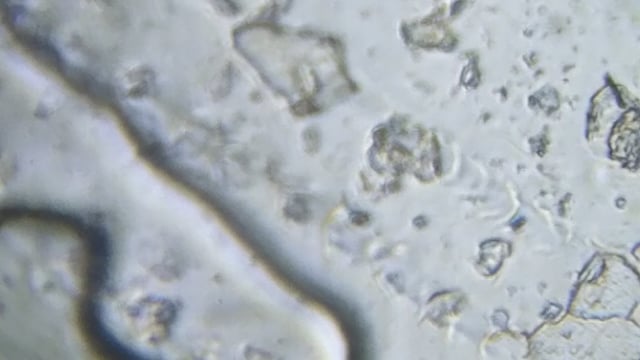
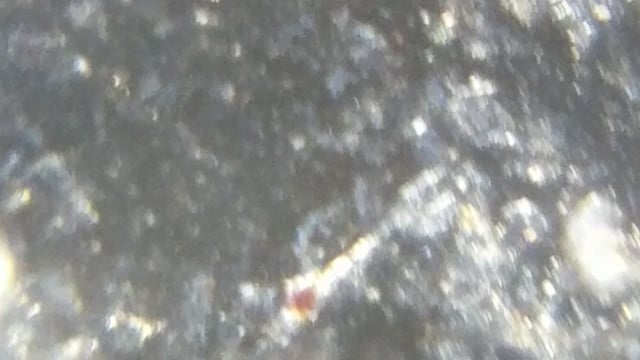
Because of the acidity of the black water, organism biodiversity is supposed to be low. Although this is just a single sample, it to be true appeared true here. Any comments on what can be seen?
I’d be interested to spend a lot more time looking at the water of this region. A plankton tow would be especially interesting. The researchers that hosted us said something about the black water that stuck with me. They said, “Imagine if we had just 15 minutes, a flash of time, where this water was entirely clear. What could we see in the depths.”
I was excited to see a fraction of it here.
I’d be interested to spend a lot more time looking at the water of this region. A plankton tow would be especially interesting. The researchers that hosted us said something about the black water that stuck with me. They said, “Imagine if we had just 15 minutes, a flash of time, where this water was entirely clear. What could we see in the depths.”
I was excited to see a fraction of it here.
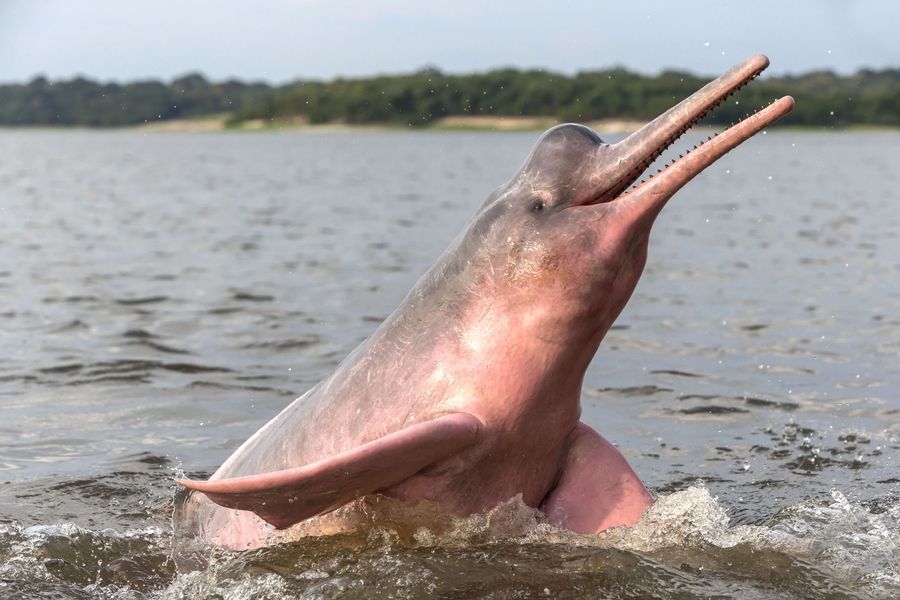
The pink boto in all its glory! (Photo credit © Copyright Ardea Wildlife)
Until next time!
Rebecca
Until next time!
Rebecca
Sign in to commentNobody has commented yet... Share your thoughts with the author and start the discussion!
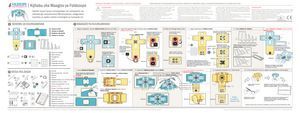
 0 Applause
0 Applause 0 Comments
0 Comments
